![10 Outstanding TensorFlow Project Ideas [With Source Code] 1 Post thumbnail](https://www.guvi.in/blog/wp-content/uploads/2024/10/Top-10-Tensorflow-Project-Ideas-Feature-Image.webp)
10 Outstanding TensorFlow Project Ideas [With Source Code]
Nov 14, 2024 4 Min Read 2706 Views
(Last Updated)
Finding the right project idea can make all the difference in building your TensorFlow skills and gaining hands-on experience. If you’re a beginner or someone with some machine learning basics, these TensorFlow project ideas will help you get started with real-world applications that matter.
Working on TensorFlow project ideas lets you learn by doing, gain valuable insights, and tackle some of the common challenges in machine learning. Plus, with the increasing popularity of AI and machine learning, mastering TensorFlow can give you a competitive edge in the field.
Let’s explore some exciting TensorFlow project ideas that range from beginner-friendly to advanced. So, let us get started!
Table of contents
- Top 10 Tensorflow Project Ideas
- Image Classification with CNNs
- Text Sentiment Analysis
- Predicting Stock Prices
- Object Detection with YOLO
- Handwritten Digit Recognition
- Predicting House Prices
- Image Caption Generator
- Chatbot with Sequence-to-Sequence Models
- Style Transfer with GANs
- Real-Time Face Mask Detection
- Conclusion
- FAQs
- What are the easy Tensorflow project ideas for beginners?
- Why are Tensorflow projects important for beginners?
- What skills can beginners learn from Tensorflow projects?
- Which Tensorflow project is recommended for someone with no prior programming experience?
- How long does it typically take to complete a beginner-level Tensorflow project?
Top 10 Tensorflow Project Ideas
![10 Outstanding TensorFlow Project Ideas [With Source Code] 2 Tensorflow Project Ideas](https://www.guvi.in/blog/wp-content/uploads/2024/11/Top-10-Tensorflow-Project-Ideas-1200x630.webp)
Each of these TensorFlow project ideas will help you learn something new, improve your skills, and challenge your creativity. Let’s explore!
1. Image Classification with CNNs
Image classification is a fundamental computer vision task where a model learns to categorize images into various classes.
By using a Convolutional Neural Network (CNN) for this task, you’ll explore one of the most effective deep learning architectures for image processing, paving the way for advanced computer vision applications.
Project Complexity: Beginner
Learning Outcomes: You’ll learn how to build and train a CNN model, perform image preprocessing, and analyze model performance through metrics like accuracy and loss.
Time Taken: 1-2 weeks
Features of the Project:
- Uses CNN layers for effective feature extraction
- Employs data augmentation to improve model robustness
- Implements softmax for classification across multiple categories
- Trains on datasets like CIFAR-10 or MNIST
Libraries and Tools: TensorFlow, Keras, NumPy, Matplotlib
Real-world Applications: This project is foundational for applications in facial recognition, medical imaging, and product categorization in retail.
Source Code: Image Classification using CNNs
2. Text Sentiment Analysis
![10 Outstanding TensorFlow Project Ideas [With Source Code] 3 Text Sentiment Analysis](https://www.guvi.in/blog/wp-content/uploads/2024/11/Text-Sentiment-Analysis-1200x630.webp)
Text sentiment analysis involves building a model that classifies text as expressing positive, negative, or neutral sentiments.
This project introduces you to Natural Language Processing (NLP) in TensorFlow and is a popular way to analyze customer feedback, social media posts, and reviews.
Project Complexity: Intermediate
Learning Outcomes: Learn text preprocessing, tokenization, and sentiment analysis using RNNs and embeddings for word representation.
Time Taken: 1-2 weeks
Features of the Project:
- Text preprocessing including tokenization and vectorization
- Embedding layers for dense word representation
- Model evaluation based on accuracy, precision, and recall
Libraries and Tools: TensorFlow, Keras, NLTK, Pandas
Real-world Applications: Widely used in customer service analysis, brand monitoring on social media, and sentiment tracking in product reviews.
Source Code: Text Sentiment Analysis with TensorFlow
3. Predicting Stock Prices
![10 Outstanding TensorFlow Project Ideas [With Source Code] 4 Predicting Stock Prices](https://www.guvi.in/blog/wp-content/uploads/2024/11/Predicting-Stock-Prices-1200x630.webp)
In this project, you’ll create a time series model that predicts stock prices based on historical data using Long Short-Term Memory (LSTM) networks.
This application of TensorFlow offers insight into time-dependent data, preparing you for more advanced forecasting projects.
Project Complexity: Intermediate
Learning Outcomes: Learn LSTM and sequential data handling, understand time series prediction, and develop skills in trend analysis and forecasting.
Time Taken: 2-3 weeks
Features of the Project:
- LSTM layers to capture dependencies in sequential data
- Data normalization and scaling for improved performance
- Model evaluation based on Mean Absolute Error (MAE) and Root Mean Square Error (RMSE)
Libraries and Tools: TensorFlow, Keras, NumPy, Pandas
Real-world Applications: Essential for finance, sales forecasting, and any field where trend prediction is critical.
Source Code: Stock Price Prediction with LSTM
4. Object Detection with YOLO
![10 Outstanding TensorFlow Project Ideas [With Source Code] 5 Object Detection with YOLO](https://www.guvi.in/blog/wp-content/uploads/2024/11/Object-Detection-with-YOLO-1200x630.webp)
Object detection enables a model to locate and classify multiple objects within an image. Using the YOLO (You Only Look Once) algorithm in TensorFlow, this project offers real-time detection capabilities, making it an advanced but highly impactful learning experience.
Project Complexity: Advanced
Learning Outcomes: Understand bounding box creation, object detection techniques, and the YOLO framework for real-time processing.
Time Taken: 3-4 weeks
Features of the Project:
- Implements real-time object detection using YOLO
- Ability to identify and localize multiple objects within an image
- Fine-tuning model for custom objects
Libraries and Tools: TensorFlow, OpenCV, YOLO, NumPy
Real-world Applications: Widely applied in surveillance, retail analytics, and autonomous vehicle technology.
Source Code: YOLO Object Detection with TensorFlow
5. Handwritten Digit Recognition
![10 Outstanding TensorFlow Project Ideas [With Source Code] 6 Handwritten Digit Recognition](https://www.guvi.in/blog/wp-content/uploads/2024/11/Handwritten-Digit-Recognition-1200x630.webp)
Using the MNIST dataset, this project focuses on building a model to classify handwritten digits, a great starting point for beginners interested in image recognition.
Project Complexity: Beginner
Learning Outcomes: Learn the basics of neural networks, backpropagation, and preprocessing image data.
Time Taken: 1 week
Features of the Project:
- Simple architecture for recognizing digits 0-9
- High accuracy is achievable with minimal layers
- Uses softmax output for multi-class classification
Libraries and Tools: TensorFlow, Keras, NumPy, Matplotlib
Real-world Applications: Used in digit recognition for postal mail sorting, forms processing, and automatic number recognition in checks.
Source Code: Handwritten Digit Recognition
6. Predicting House Prices
![10 Outstanding TensorFlow Project Ideas [With Source Code] 7 Predicting House Prices](https://www.guvi.in/blog/wp-content/uploads/2024/11/Predicting-House-Prices-1200x630.webp)
Predicting house prices based on features like area, location, and number of bedrooms is a classic machine-learning project.
This project uses regression analysis to provide insights into price predictions, making it a great choice for those new to machine learning with TensorFlow.
Project Complexity: Beginner to Intermediate
Learning Outcomes: Learn about regression models, feature selection, and data preprocessing techniques to make predictions on numerical data.
Time Taken: 1-2 weeks
Features of the Project:
- Simple linear regression for predicting numerical values
- Uses data preprocessing to normalize feature variables
- Evaluate model performance using metrics like Mean Squared Error (MSE)
Libraries and Tools: TensorFlow, Keras, Pandas, Matplotlib
Real-world Applications: Useful in real estate price forecasting, economic analysis, and valuation modeling.
Source Code: House Price Prediction with TensorFlow
7. Image Caption Generator
![10 Outstanding TensorFlow Project Ideas [With Source Code] 8 Image Caption Generator](https://www.guvi.in/blog/wp-content/uploads/2024/11/Image-Caption-Generator-1200x630.webp)
The image caption generator combines computer vision and natural language processing, creating a model that generates descriptive captions for images.
This project is advanced and uses a combination of CNN and RNN models, which is ideal for those looking to build multi-modal models.
Project Complexity: Advanced
Learning Outcomes: Learn to work with CNNs for feature extraction and RNNs for sequence generation, bridging the gap between vision and language.
Time Taken: 3-4 weeks
Features of the Project:
- Uses CNN for image feature extraction and RNN for text generation
- Leverages attention mechanisms for more accurate descriptions
- Generates human-like captions for image content
Libraries and Tools: TensorFlow, Keras, OpenCV, NLTK
Real-world Applications: Useful in accessibility tools, social media platforms, and e-commerce for product descriptions.
Source Code: Image Caption Generator
8. Chatbot with Sequence-to-Sequence Models
![10 Outstanding TensorFlow Project Ideas [With Source Code] 9 Chatbot with Sequence-to-Sequence Models](https://www.guvi.in/blog/wp-content/uploads/2024/11/Chatbot-with-Sequence-to-Sequence-Models-1200x630.webp)
Building a chatbot is a practical way to dive into sequence-to-sequence modeling, which is essential for creating conversational AI.
This project focuses on training a chatbot capable of understanding and generating responses, perfect for NLP enthusiasts.
Project Complexity: Intermediate to Advanced
Learning Outcomes: Learn sequence modeling, attention mechanisms, and the basics of conversational AI with deep learning models.
Time Taken: 2-3 weeks
Features of the Project:
- Uses sequence-to-sequence models with attention mechanisms
- Incorporates natural language understanding and response generation
- Can be trained on various datasets for different conversational styles
Libraries and Tools: TensorFlow, Keras, NLTK, Pandas
Real-world Applications: Chatbots are widely used in customer service, education, and virtual assistants.
Source Code: Sequence-to-Sequence Chatbot
9. Style Transfer with GANs
![10 Outstanding TensorFlow Project Ideas [With Source Code] 10 Style Transfer with GANs](https://www.guvi.in/blog/wp-content/uploads/2024/11/Style-Transfer-with-GANs-1200x630.webp)
In this project, you’ll implement a Generative Adversarial Network (GAN) for style transfer, transforming images to emulate the style of famous artworks. It’s a creative project that combines image generation with neural style transfer techniques.
Project Complexity: Advanced
Learning Outcomes: Understand the structure and workings of GANs, explore style transfer, and work with unsupervised learning techniques in TensorFlow.
Time Taken: 3-4 weeks
Features of the Project:
- Uses GAN architecture for creative image manipulation
- Allows for custom style adaptation to new images
- Experimentation with different styles and GAN configurations
Libraries and Tools: TensorFlow, Keras, PIL
Real-world Applications: Useful in digital art, content creation, and media industries for transforming visuals.
Source Code: Style Transfer with GANs
10. Real-Time Face Mask Detection
![10 Outstanding TensorFlow Project Ideas [With Source Code] 11 Real-Time Face Mask Detection](https://www.guvi.in/blog/wp-content/uploads/2024/11/Real-Time-Face-Mask-Detection-1200x630.webp)
This project involves building a real-time face mask detection system, which is a relevant and useful project, especially in health and safety.
Using CNNs and object detection models in TensorFlow, this project can detect whether a person is wearing a face mask or not.
Project Complexity: Intermediate
Learning Outcomes: Learn to apply object detection techniques, video stream processing, and deployment strategies for real-time applications.
Time Taken: 2-3 weeks
Features of the Project:
- Uses CNN for real-time face and mask detection
- Processes video frames for continuous monitoring
- Can be adapted for use in public spaces or workplaces
Libraries and Tools: TensorFlow, OpenCV, Keras
Real-world Applications: Applied in public safety, health monitoring, and surveillance for ensuring mask compliance.
Source Code: Real-Time Face Mask Detection
These TensorFlow project ideas are fantastic for building a strong foundation in TensorFlow and deep learning, with each one offering unique learning outcomes and practical applications.
In case you want to learn more about machine learning, deep learning, and its concepts, consider enrolling in GUVI’s Artificial Intelligence & Machine Learning Certification Course which teaches you everything from scratch and equips you with all the necessary knowledge!
Conclusion
In conclusion, starting with these TensorFlow project ideas will put you on the path to mastering machine learning fundamentals. Each project offers unique learning opportunities, hands-on practice, and a way to build a portfolio of skills that are in demand. So pick a project, get coding, and watch your TensorFlow skills grow!
FAQs
1. What are the easy Tensorflow project ideas for beginners?
Beginners can start with projects like Handwritten Digit Recognition or Predicting House Prices, as these involve fundamental concepts and are easier to implement.
2. Why are Tensorflow projects important for beginners?
TensorFlow projects help beginners understand the practical aspects of machine learning, from data handling to model evaluation, and provide valuable experience in problem-solving with AI.
3. What skills can beginners learn from Tensorflow projects?
By working on TensorFlow projects, beginners can learn data preprocessing, neural network design, model training, and performance optimization, building a strong foundation in AI.
4. Which Tensorflow project is recommended for someone with no prior programming experience?
The Handwritten Digit Recognition project is a great starting point for complete beginners, offering an introduction to basic machine learning concepts without overwhelming complexity.
5. How long does it typically take to complete a beginner-level Tensorflow project?
A beginner-level TensorFlow project usually takes one to two weeks, depending on the complexity and familiarity with the libraries involved.






















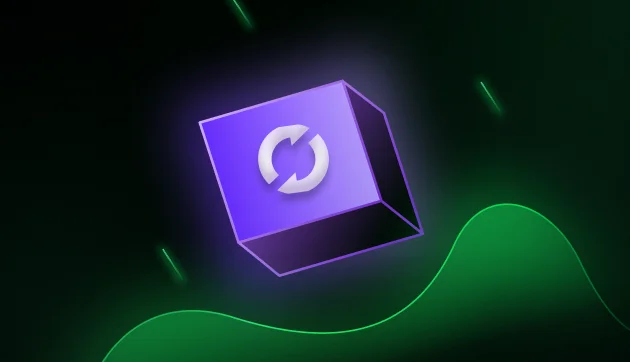

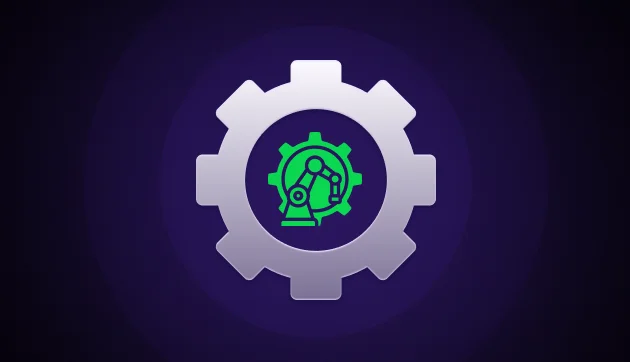

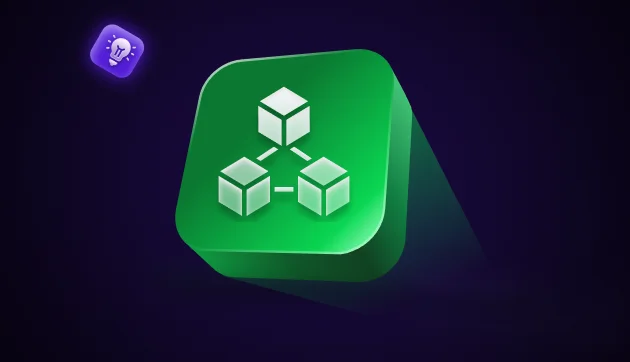
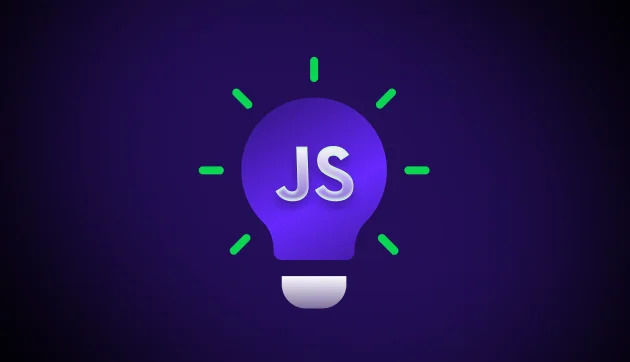
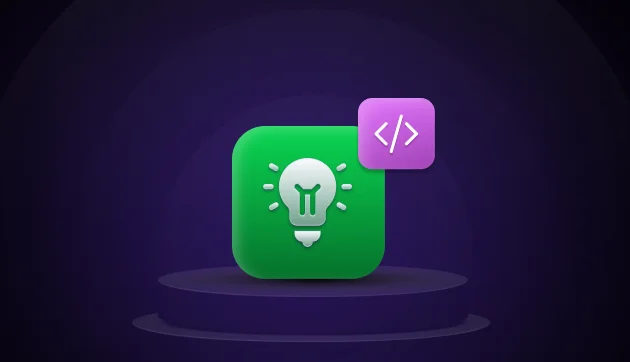
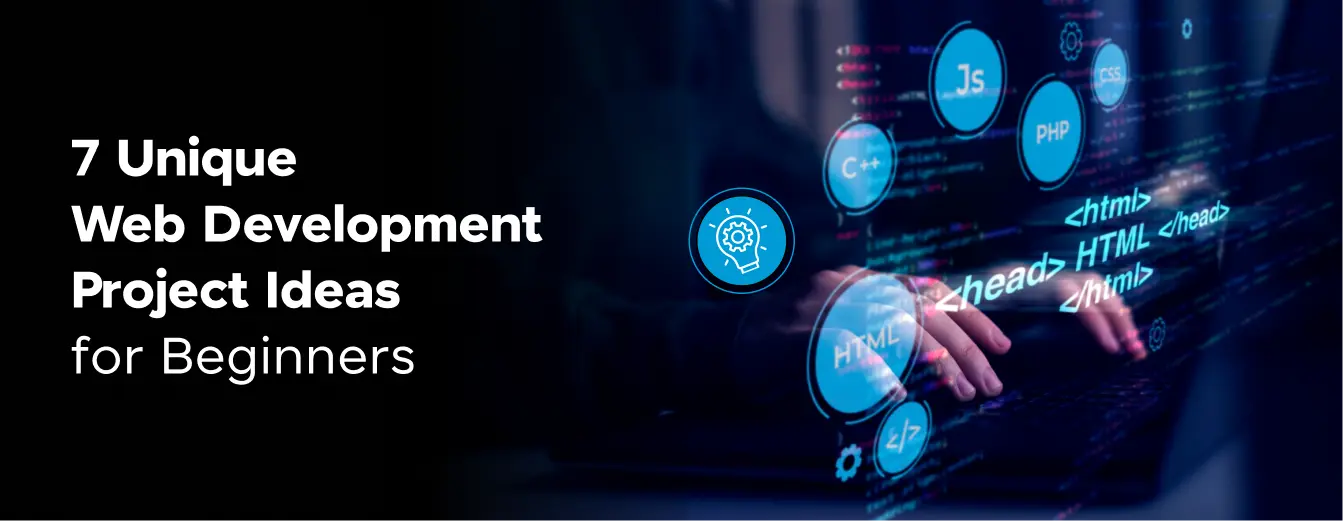

Did you enjoy this article?